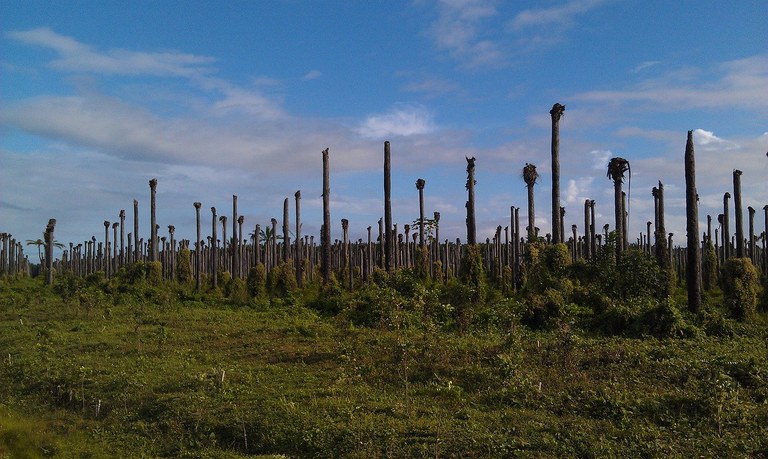WP 2 - Climate and the Water-Energy-Land-nexus
This work package will investigate the biophysical and socioeconomic relationships between climate change and the demand of water, energy, and land.
The resources water, energy and land have multiple inter-related consumption and production routes. Various key relationships have positive or negative impacts on multiple sustainability indicators. For instance, water is used for production of both food (irrigation) and energy (cooling, bio-energy production). This is why climate change impacts on the water cycle will present challenging societal decisions about climate adaptation and mitigation.
WP 2 will build upon the latest developments in state-of-the-art integrated assessment models (REMIND-MAgPIE and IMAGE) to investigate these nexus relationships and highlight potential synergies and trade-offs. Exactly which synergies and trade-offs arise will be examined against the background of different assumptions about socio-economic and climate policy conditions.
Subsequently, we will explore how trade-offs can be minimized and synergies can be enhanced through different efficiency and behaviour oriented measures scenarios. Ultimately, the results and insights gathered from these analyses will help feed-in to the formulation of the Sustainable Development Pathways in WP6. In this manner it will be ensured that the complex relationships and feedbacks between climate, land, energy, and water are appropriately and consistently accounted for.

Palm trees (Photo: Zoosnow / Pixabay)
